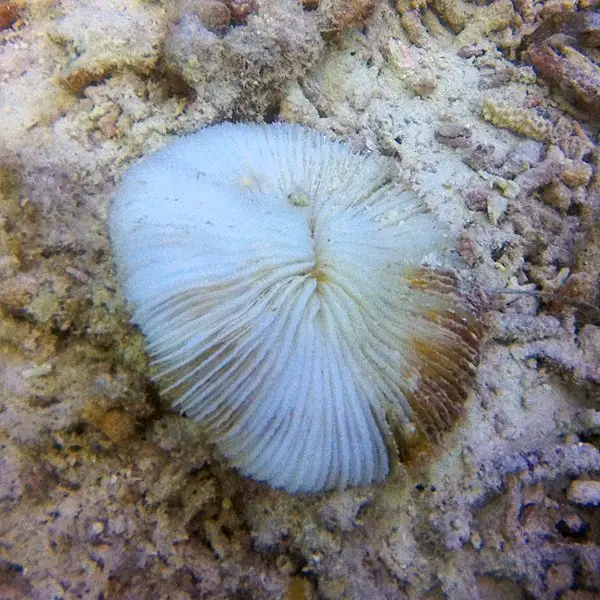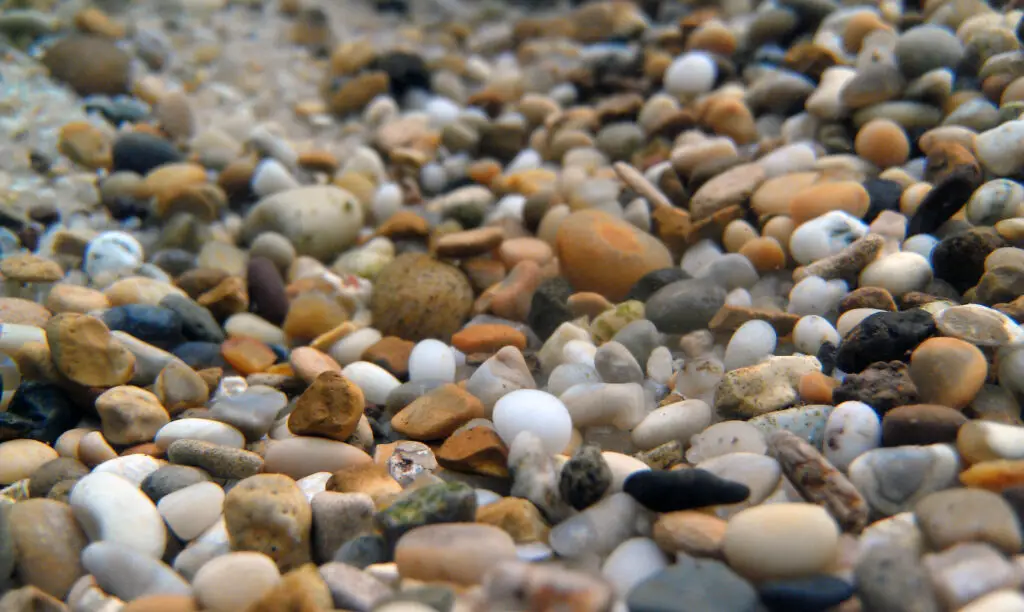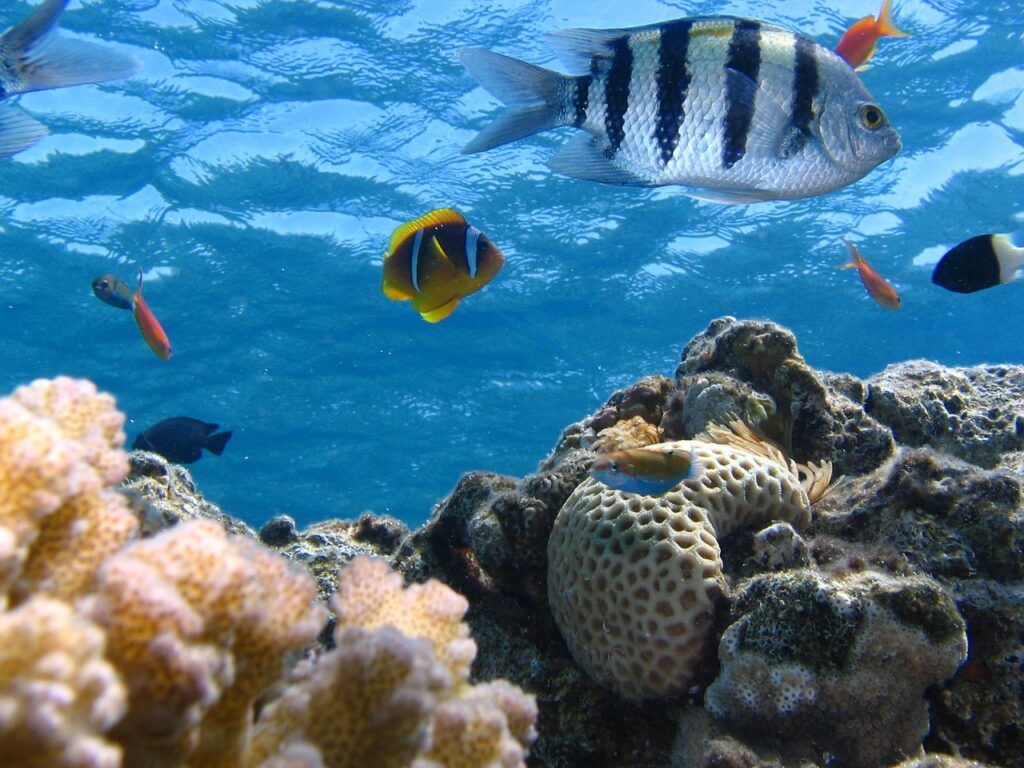Newbies to the coral keeping world inevitably find themselves drawn to mushroom corals, and for good reason!
For starters, these corals are absolutely beautiful. They have vibrant colors, unique shapes, come in a variety of different sizes, and just add a lot of visual pop and atmosphere to your underwater worlds.
At the same time, though, these kinds of corals are particularly newbie friendly to keep.
About as hardy a coral as you are going to come across these days, mushroom corals are very tolerant of less than ideal reef parameters in your tank – featuring a level of tolerance that would kill off a lot of other (often much more expensive) coral options, too.
On top of that, these coral can be grown in lower light conditions without a lot of negative side effects, can be fragged off without having to have a marine biologist degree under your belt, and can even reproduce all on their own.
Thinking about starting off with some mushroom corals but aren’t quite sure of where to start?
This is the only guide you’ll need!
Mushroom Corals 101
The first thing you need to know about these corals is that there’s no one specific “mushroom coral”, but instead an entire species – a whole taxonomic order – that this term is used as an umbrella for.
This is a big part of why there are so many different types, so many different colors, and so many different sized mushroom coral out there!
All of the species that belong to the mushroom coral classification, though, are typically found in natural environments that have lower light conditions, tons and tons of nutrients, and don’t really have any particularities as far as tank flow conditions are concerned.
The hardiness and resilience of these kind of coral make them really popular with folks that like to have “mixed tanks” – coral tanks that are filled with fish and other underwater creatures, all living together with one another.
One of the more unique things about these kinds of coral is that they don’t have a traditional skeleton.
While even “soft coral” have tiny little shards or remnants of a skeleton in their bodies, the same cannot be said about these mushroom coral. For that reason some folks call them “false coral” – but at the end of the day they are still a lot of fun to keep.
What do you Feed Mushroom Corals?
The overwhelming majority of the nutrients that mushroom corals are going to need come directly from the tiny little microorganisms that live in and on their bodies.
Mushroom corals are technically classified as “photosynthetic”, which means that they have a symbiotic relationship with zooxanthellae creatures that generate sugar for them from light.
On top of that, mushroom corals can also absorb nutrients from the water around them. Every individual polyp has a mouth and the capability of pulling in tiny bits of meat – little bits of shrimp and the like, for example – without any real headache or hassle.
This means that you can take more of a broadcasting approach to feeding mushroom coral or you can use a targeted approach if you want to deliver a real payload of nutrients.
Brine shrimp are a great treat for your mushroom coral colonies.
Of course, while we mentioned that mushroom coral are resilient and handle water chemistry fluctuations better than other coral out there you can also support healthy and happy growth rates with extra calcium and magnesium in the water.
Sometimes you’ll need to add a little bit of strontium or iodine into the mix, too. That’s usually only necessary if your mushroom coral is exhibiting obvious signs of distress or poor health.
For the most part, though, let your mushroom coral act as filter feeders. As long as the tank is dialed in they’ll handle the bulk of the heavy lifting in keeping themselves good and healthy.
How Often Do You Feed Mushroom Corals?
Because these coral are going to feed themselves on autopilot pretty much 24/7 you don’t need to go crazy with targeted or broadcast feeding.
If you do want to get a little more “hands-on” with the nutrition for your coral, though, stick to a one or two day feeding schedule.
You could bump that up to three days if you want to accelerate the growth of your mushroom coral, but one or two days a week is generally good to go.
Should You Dip Mushroom Corals?
Yes!
It’s always a good idea to give your mushroom corals and iodine dip to make sure that you are eliminating common pests (like flatworms) that can wreak absolute havoc on your underwater world – all without you ever noticing anything was going sideways from the outside.
A quick little dip in a 40 drop to one gallon ratio solution (commercial coral dip or iodine, it’s up to you) will help you kill off those parasites without doing any damage to the coral itself.
You’ll never regret giving your mushroom coral a quick dip.
You’ll always regret skipping this the one time that your entire tank gets decimated by flatworms.
Take the time to do the dip.
Do Mushroom Corals Spread?
Mushroom corals aren’t just one of the coral types that are capable of movement inside your tank, but they are also capable of spreading and reproducing in four different ways.
One approach is a sexual reproduction, with mushroom corals releasing egg and sperm into the water on their own.
Secondly, mushroom coral can “frag” all on their own – or with a little help from you – to split off and regenerate.
Fission happens when the mushroom coral reaches such as size that it can quite literally split itself into two different sections, each of them independent of one another.
Finally, it’s possible for mushroom corals to “bud” as well. This happens when mature mushroom coral form a bit of soft tissue and sort of slough it off onto another area, allowing the tissue to establish itself as a piece of correlator down the line.
Kind of cool, right?
Why Are My Mushroom Corals Shrinking?
There could be a couple of root core reasons your mushroom corals have started to shrink, including a quick burst of shrinking that happens right before they decide to spread.
Sometimes you may notice that your mushroom corals shrink a little bit when they are dealing with a lower light situations than they are used to. You can test this by hitting them with a little extra light and seeing how they respond.
Of course, another reason you may be dealing with a mushroom coral starting to shrink is because of a lack of flow or really negative conditions in the water that they live in.
Mushroom coral are hardy (there’s no disputing that) but if the conditions become toxic – especially if they become toxic to the point where your mushroom coral are having a tough time surviving – something needs to be adjusted ASAP.



